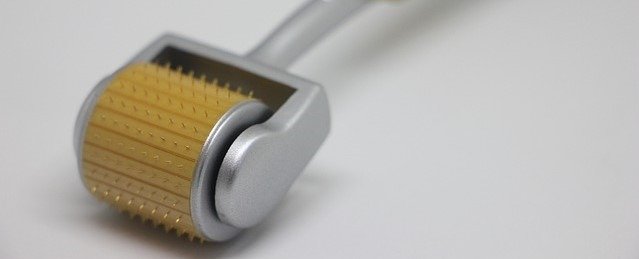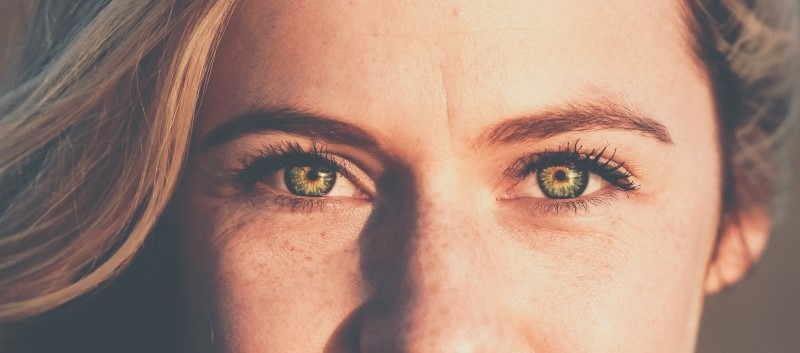“Laser” is a term that’s entrenched in the mainstream vocabulary, yet its meaning is often lost. Did you know, for example, that laser is an acronym? It stands for light amplification by stimulated emission of radiation.
That’s worth noting, not as some sort of intellect flex, but because “laser” has become a generic catchall for a bunch of sophisticated dermatologic machines that rely on different kinds of energy to achieve distinct results. Enter into a treatment with any one of them blindly or under-informed and you may be in for far more (or less) than you expected.
In that vein, I’ll be dedicating our next two blog posts to taking a deeper dive into laser resurfacing treatments. Lasers are now being used to treat pretty much every kind of skin condition, from sun damage and aging to acne scars and regrettable tattoos, often with little to no downtime. Which one is the best for your particular skin type and issue? Let’s find out.

Vascular lasers
Lasers are characterized by a few key features, namely their wavelength, which is absorbed by the target on the skin, and their pulse width, or the rate at which the beam of light is delivered. Generally, the longer a wavelength, the deeper it will penetrate. And the quicker the pulse, the better suited it is for treating small targets.
Vascular lasers—most commonly a pulsed dye laser (PDL) or a KTP laser—are used to treat sun damage, new stretch marks, and certain types of scars. They heat hemoglobin, a protein in red blood cells, destroying blood vessels in the process.
Despite being around for decades, vascular lasers are now playing an integral role in scarless treatments for basal and squamous cell cancers. Since 80% of non-melanoma skin cancers are on the head or neck, the noninvasive treatments have become a real game-changer.
Any treatment with a vascular laser, cosmetic or otherwise, is fairly painless. With the PDL, you’ll see the reflection of the laser’s flash through your opaque goggles, but you won’t feel much of anything. And, KTP lasers feel like a cool blast and then a quick pinch. Your skin may be a little pink and puffy afterward, but that should disappear within a few hours.
Pigment lasers
Pigment lasers fall into one of two main categories: Q-switched (the Ruby, Alexandrite, Nd: YAG) and picosecond (PicoSure, Pico Genesis, PicoWay). Q-switched lasers are a popular go-to for treating sunspots, often in a single shot. With a span of wavelengths, they’re also a safe option for every skin tone.
Picosecond lasers fire faster, so fast that the skin doesn’t even register their heat. In doing so, they generate a strong acoustic wave that obliterates pigment particles. While they’re plenty effective (and safe) for treating sunspots in all skin types, they’ve made the tattoo removal process much more effective than it was only a couple years ago. Blue, green, and purple ink was very difficult to remove with traditional Q-switched lasers, but they respond beautifully to the picosecond pulse.
As for how they feel, Q-switched lasers create a sensation akin to a rubber-band snap. The picosecond laser may necessitate some numbing cream and/or a lidocaine injection before treatment. Dark spots treated with a Q-switched laser will change color immediately and then turn into a scab, which will take about a week to flake off. Similarly, tattoos treated with a picosecond laser will change color right way and then form a scab, which will need to be covered for about a week. But, as the pigment fades, the treated area will feel less sore following each new treatment.

